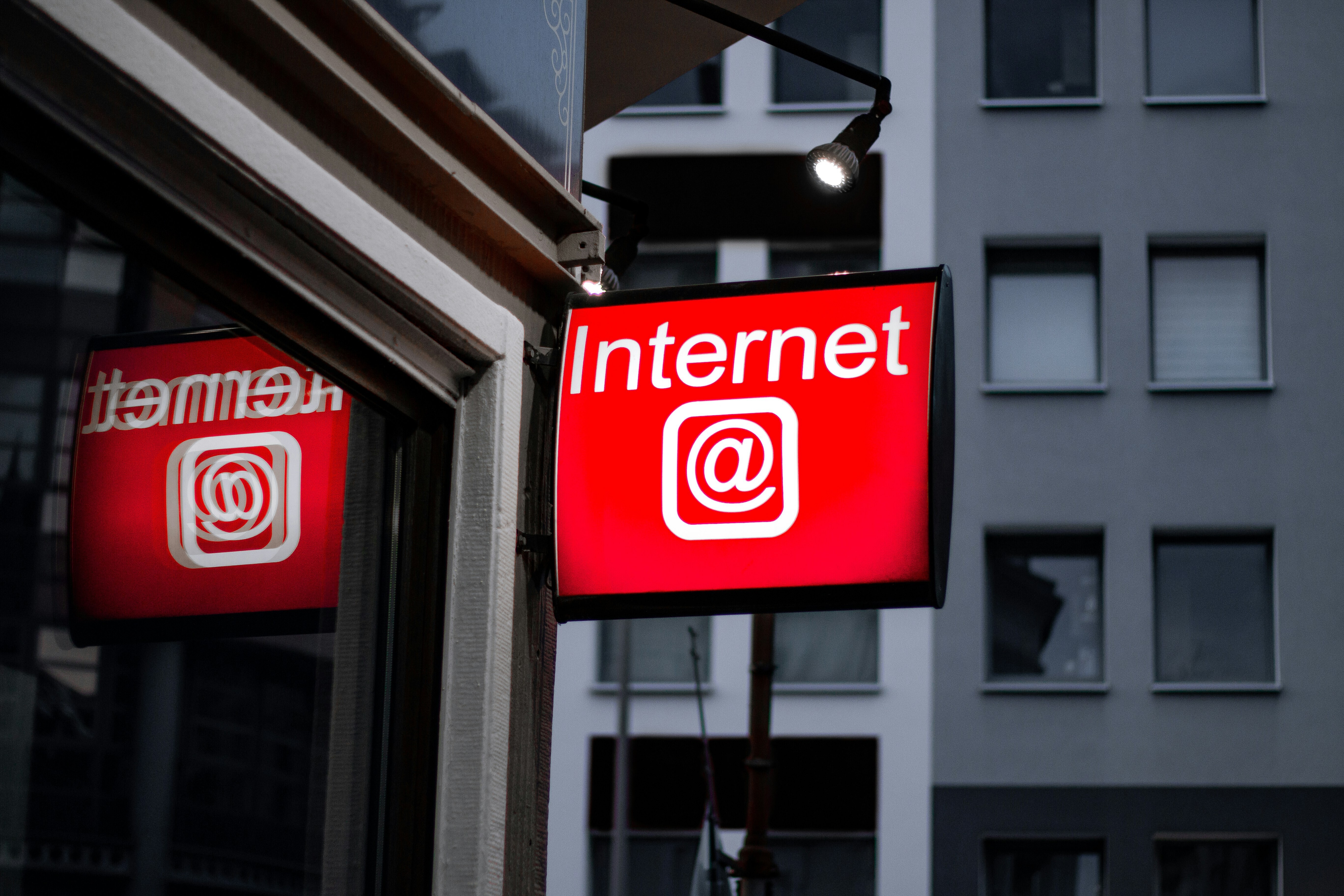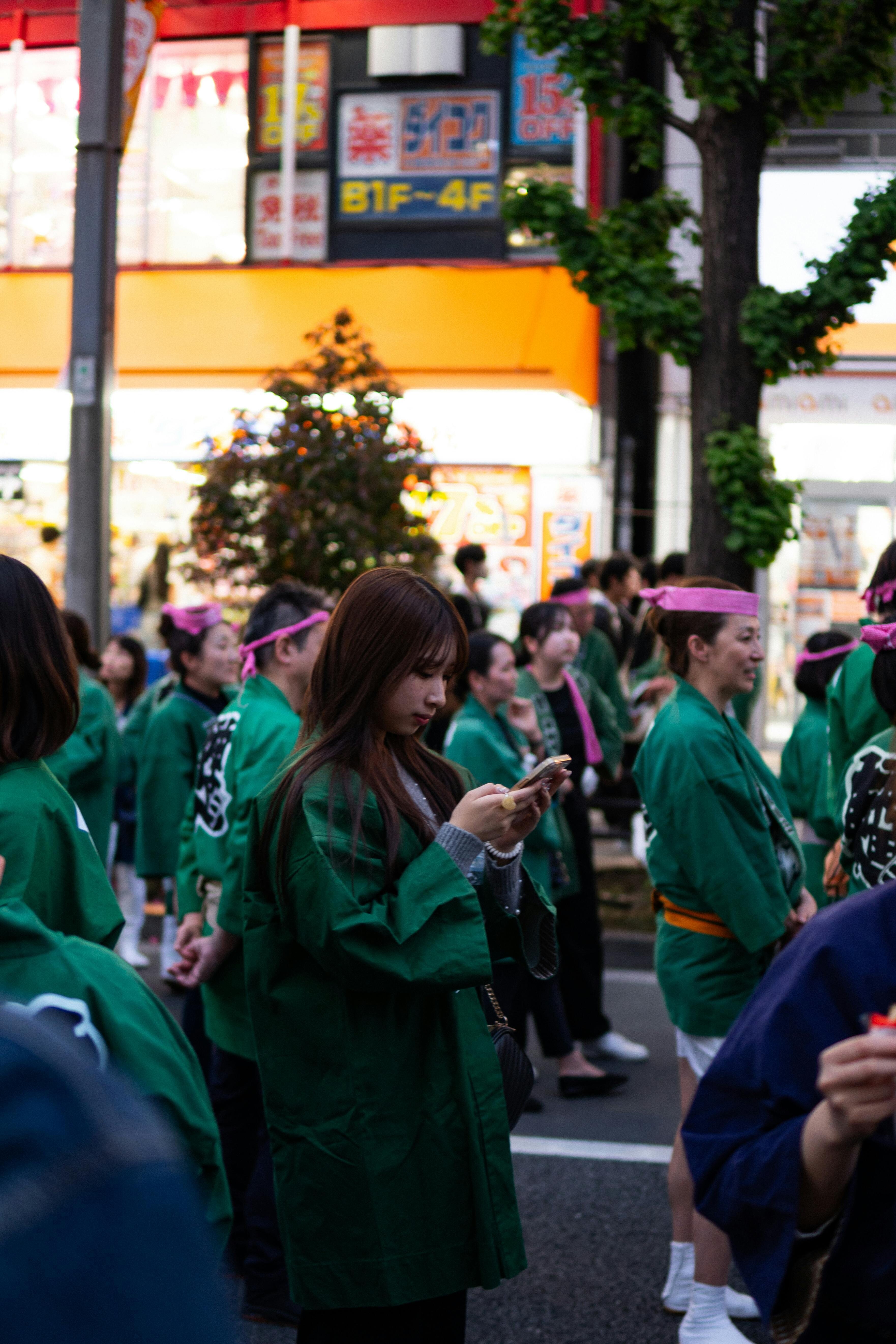Social media linked to a higher risk of depression in teen girls

Screen time can damage more than just our eyes. Image: REUTERS/Stefan Wermuth
Teenage girls are twice as likely as boys to show depressive symptoms linked to social media use - mainly due to online harassment and disturbed sleep, as well as poor body image and lower self-esteem, researchers said on Friday.
In a study analyzing data from nearly 11,000 young people in Britain, researchers found that 14-year-old girls were heavier users of social media, with two-fifths of them using it for more than three hours a day, compared with a fifth of boys.
The study also found that 12 percent of light social media users and 38 percent of heavy social media users (five-plus hours a day) showed signs of having more severe depression.
When the researchers looked at underlying processes that might be linked with social media use and depression, they found 40 percent of girls and 25 percent of boys had experience of online harassment or cyberbullying. Disrupted sleep was reported by 40 percent of girls compared with 28 percent of boys. Anxiety and poor sleep are both linked to depression.
Girls were also more affected when it came to social media use and concerns about body image, self-esteem and appearance, the researchers found, but here the gap with boys was smaller.
Yvonne Kelly, a professor at University College London’s Institute of Epidemiology & Health Care who co-led the research, urged parents and policymakers to note its results.
“These findings are highly relevant to current policy development on guidelines for the safe use of social media and calls on industry to more tightly regulate hours of social media use for young people,” she said in a statement.
She said families may also “want to reflect on when and where it’s ok to be on social media” and consider restrictions on teenagers having mobile devices in their bedrooms.
Don't miss any update on this topic
Create a free account and access your personalized content collection with our latest publications and analyses.
License and Republishing
World Economic Forum articles may be republished in accordance with the Creative Commons Attribution-NonCommercial-NoDerivatives 4.0 International Public License, and in accordance with our Terms of Use.
The views expressed in this article are those of the author alone and not the World Economic Forum.
Stay up to date:
Mental Health
Forum Stories newsletter
Bringing you weekly curated insights and analysis on the global issues that matter.
More on Wellbeing and Mental HealthSee all
Dylan Reim
October 29, 2025







